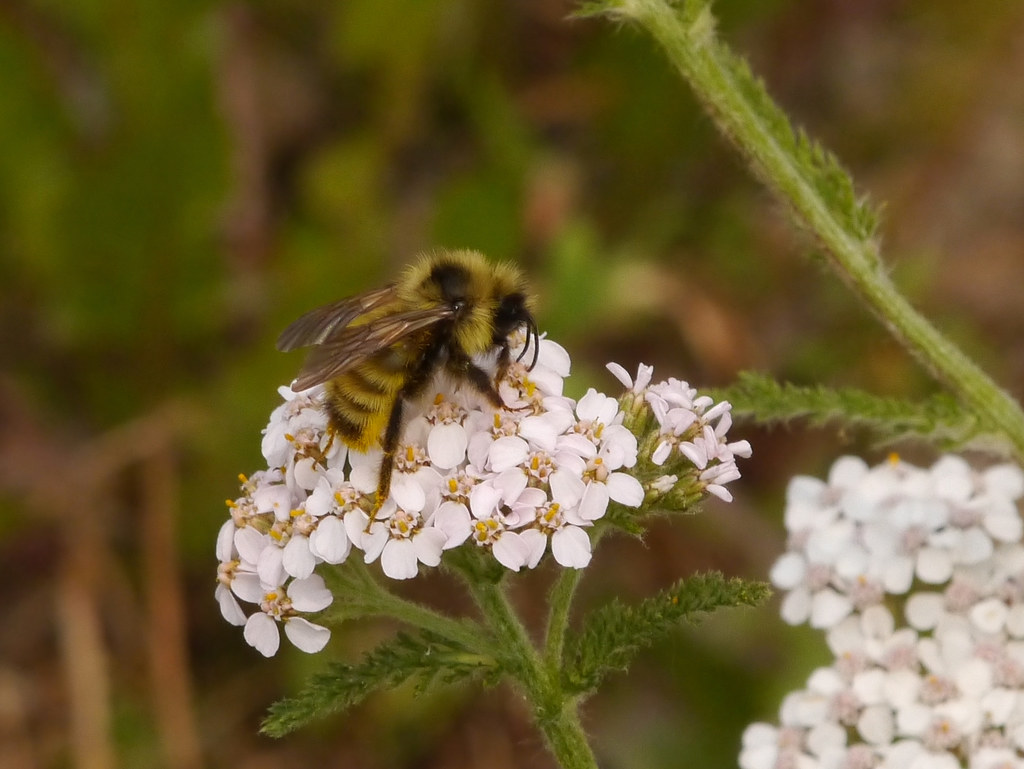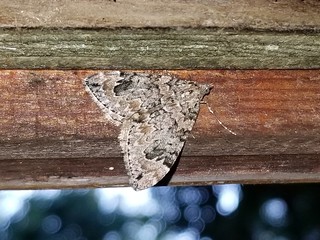What's the world's most observed insect genus? and more thoughts on iNat observability

What is the world's most observed insect genus? On iNat at least, I think the answer is Bombus, the bumble bee. Globally, 22,000+ iNat observers have recorded over 72,000 verifiable Bombus observations (1.34% of all insect observations), followed by Common Swallowtails (Genus Papilio, 26k+ observers, 68k+ observations, 1.27% of insect observations), Tiger Milkweed Butterflies (Genus Danaus, 20k+ observers, 63k+ observations, 1.18% of insect observations), Ladies and Related Admiral Butterflies (Genus Vanessa, 19k+ observers, 56k+ observations, 1.06% of insect observations), Honey Bees (Genus Apis, 25k+ observers, 56k+ observations, 1.05% of insect observations), and King Skimmers (Genus Libellula, 8k+ observers, 39k+ observations, 0.74% of insect observations). If iNat was more popular in African and Asian countries and not so biased to North American observers, you might see genera like Orthetrum, another dragonfly (2k+ observers, 11k+ observations), among that list.
What affects the observability of a genus or other taxon? Whether on iNat or in general, I think the most important factor is habitat accessibility. If a taxon doesn't occur on the road system, occurs in a habitat away from human population centers, and/or can't be easily observed from dry land, then I suspect that the taxon is unlikely to ever be among the most observed on iNat. Aside from accessibility, I think you probably need at least two of the following four factors, and the more the better, to boost both detectability and observability:
Common: the degree to which a taxon is present and abundant.Charismatic: the degree to which a taxon appeals to people. Charisma is obviously somewhat in the eye of the beholder, but broadly, it appears to be a detectable influence on what humans care about in nature (e.g., paper: Human preferences for species conservation: Animal charisma trumps endangered status).
Conspicuous: the degree to which a taxon is notice-able and visible. For example, a taxon that is diurnal, brightly colored or highly contrasted, large-bodied, and/or perches in the open is more observable than a nocturnal, dull-colored, microscopic thing that resides in the soil or thick vegetation.
Camera-friendly: the degree to which a taxon is photograph-able. I'm not quite sure if/how this might differ from a taxon being conspicuous, but something about taxon staying still in well-lit situations. To the extent that iNat observations are increasingly made via the app, this factor increasingly means smartphone camera-friendly.
In many areas (outside of Africa and Australia) and for many people, I think bumble bees probably hit all four, and are a top candidate to be the world's most accessible/common/charismatic/conspicuous/camera-friendly and thus observed insect genus.


Tagging some of the most frequent Bombus observers and identifiers: @alexis_amphibian @erikamitchell @dleaon1 @tony_wills @jenniferf4 @tmarkolivier @beeboy @czbgbuzztroop @johnascher @rustybee @mdwarriner @hadel @pfau_tarleton @heatherholm @malisaspring @haukekoch @rjm2 and more general insect iNat'rs @borisb @nlblock @edanko @brandonwoo @maractwin @greglasley @sambiology @treegrow @judygva @treichard @vicfazio3 @finatic @loarie @carrieseltzer @tiwane who likely have additional thoughts on what affects the observability of an insect taxon. Image #1: a fuzzy-horned bumble bee (B mixtus) in Whittier Alaska, Image #2: a global snapshot of iNat Bombus observations, Image #3: a possible Fernald's cuckoo bumblee bee (B fernaldae) in Kenai Alaska.
PS What is the world's most observed genus overall on iNat? Hint #1: it's in the birds. Hint #2: it's among these candidates: Dabbling Ducks (Anas) vs Great Herons (Ardea) vs Typical Thrushes (Turdus) vs True Sparrows (Passer) vs Buteo hawks (Buteo). Without looking, leave your guess in the comments below.













